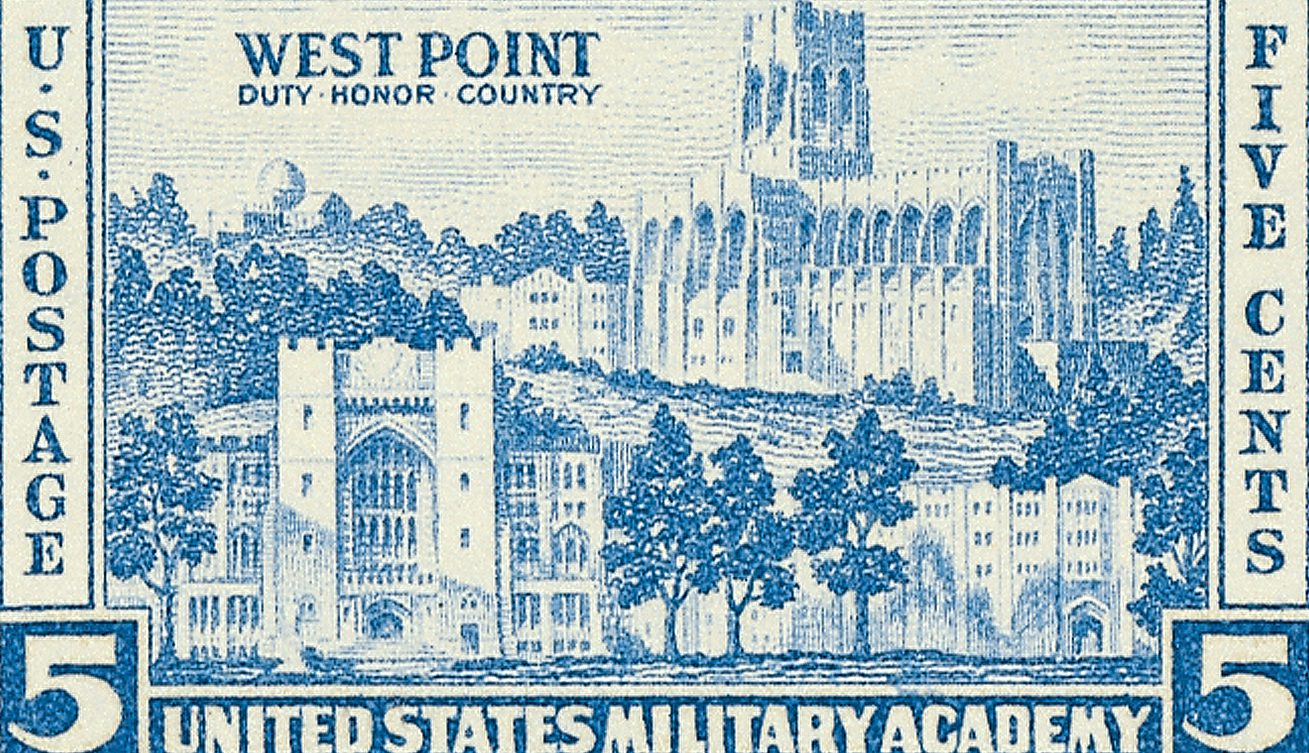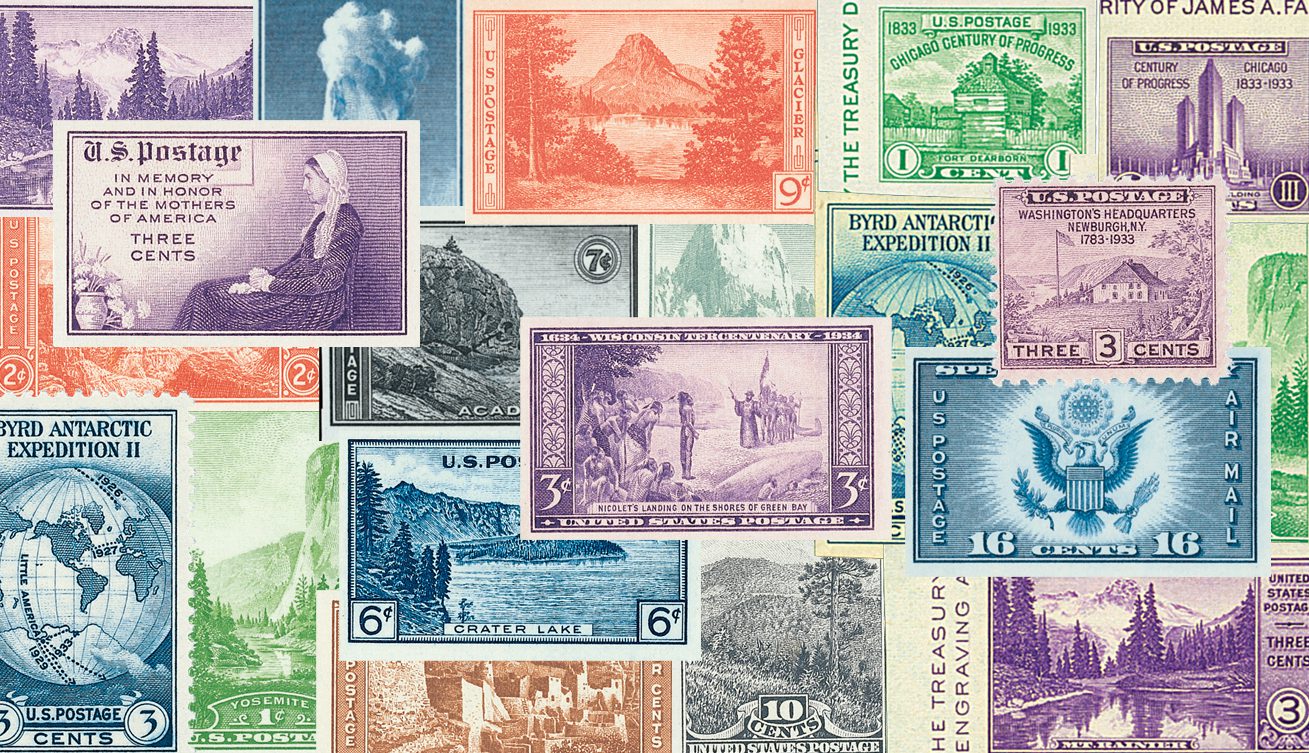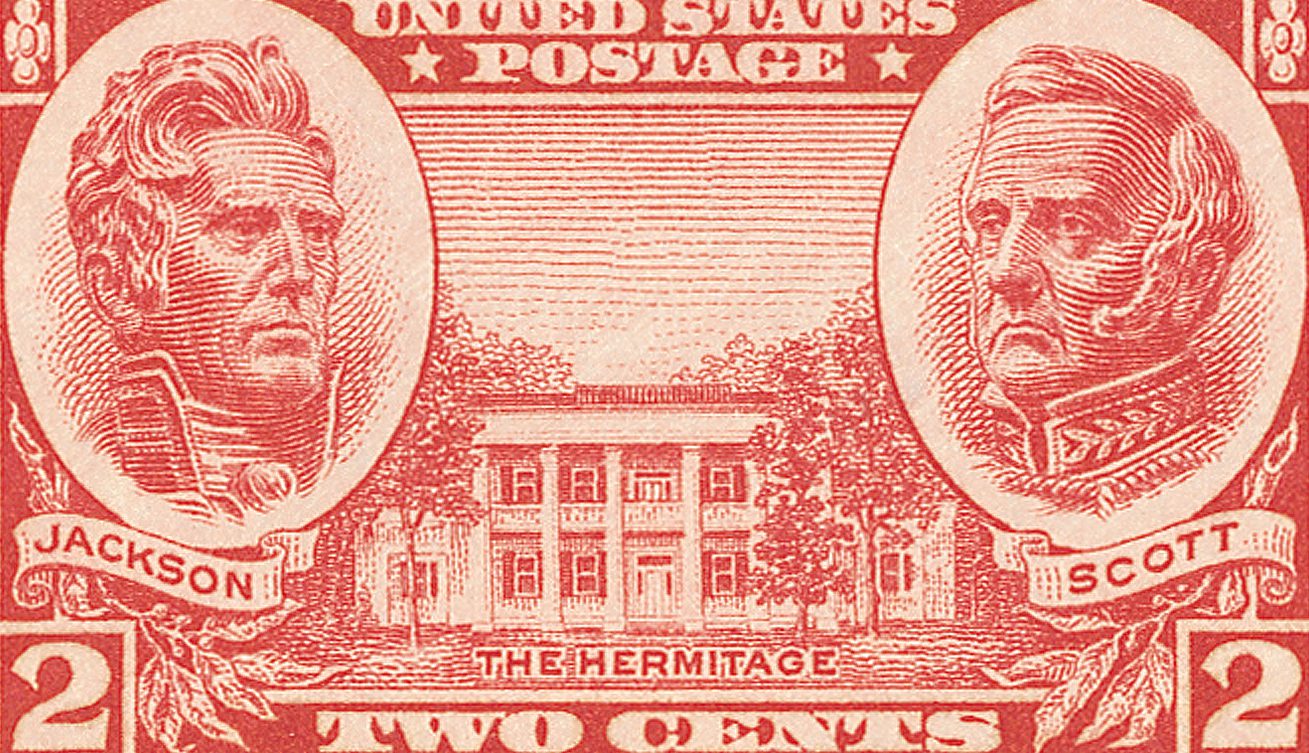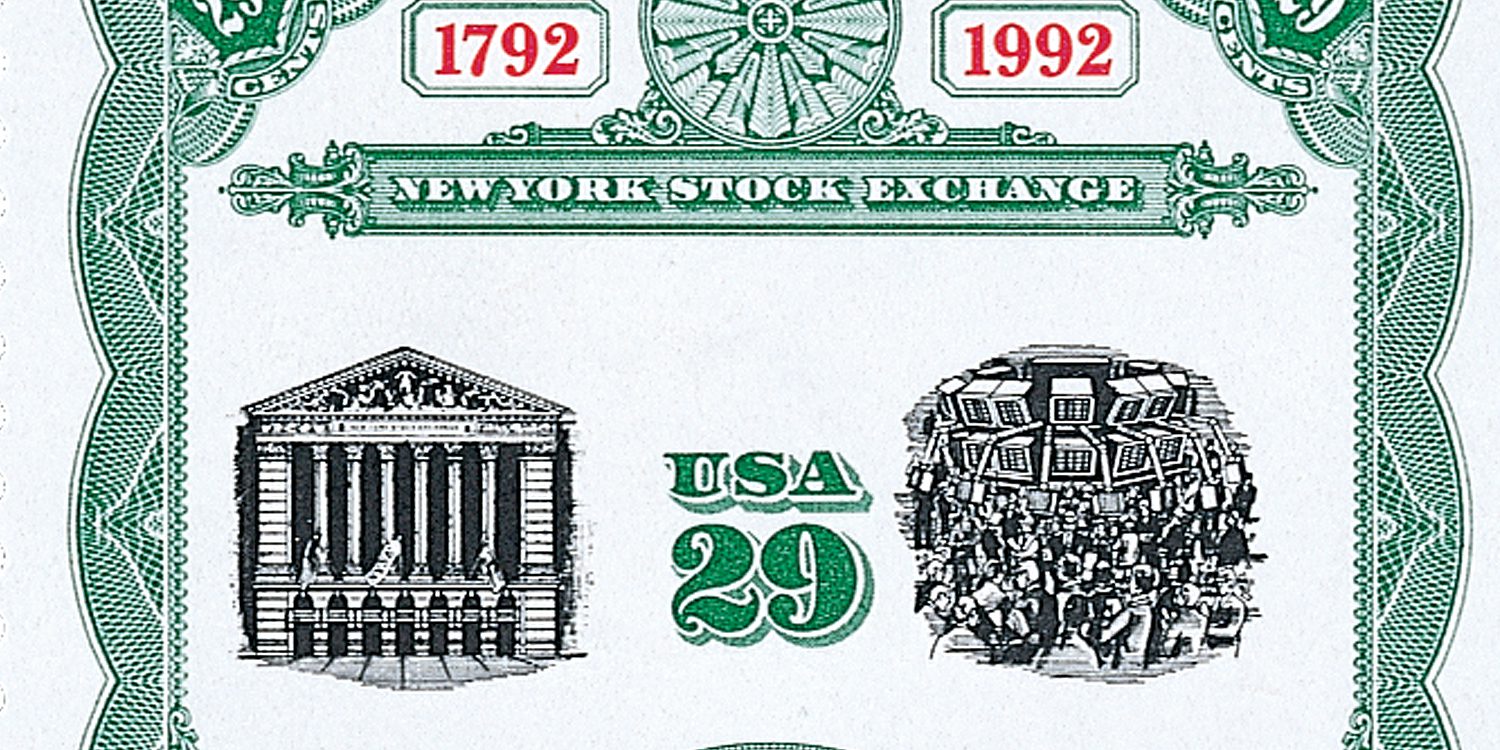Founding of West Point
On March 16, 1802, the Military Academy at West Point was founded. America’s oldest military academy, West Point prepared some of our most accomplished Army officers for service.

On March 16, 1802, the Military Academy at West Point was founded. America’s oldest military academy, West Point prepared some of our most accomplished Army officers for service.

On March 15, 1935, the US Post Office reissued 20 stamps known as “Farley’s Special Printings,” which were the result of the biggest stamp scandal of the time – “Farley’s Follies.”

Train engineer Jonathon Luther Jones was born on March 14, 1863, in Missouri. He later became an American folk hero after sacrificing his own life to save his passengers.

Benjamin Harrison, America’s 23rd president died on March 13, 1901. His administration was notable for its antitrust, financial, and foreign policy initiatives.

On March 12, 1888, a short-lived blizzard mail service delivered letters to New York City during one of the worst storms in history.

On March 11, 1824, US Secretary of War John C. Calhoun created the Bureau of Indian Affairs. Today, the federal agency works with Native American and Alaskan Native tribal governments to maintain their quality of life.

On March 10, 1876, Alexander Graham Bell transmitted the first words by telephone, to his assistant in another room. Bell had received his patent for the telephone three days earlier.

On March 9, 1847, the US launched its first large-scale amphibious assault during the Siege of Veracruz. This notable battle of the Mexican-American War set the stage for the capture of Mexico City.

On March 8, 1817, the New York Stock Exchange was established out of a reorganization of stockbrokers working under the Buttonwood Agreement. Today, it’s the world’s largest stock exchange, with its trading numbering over $25 trillion.